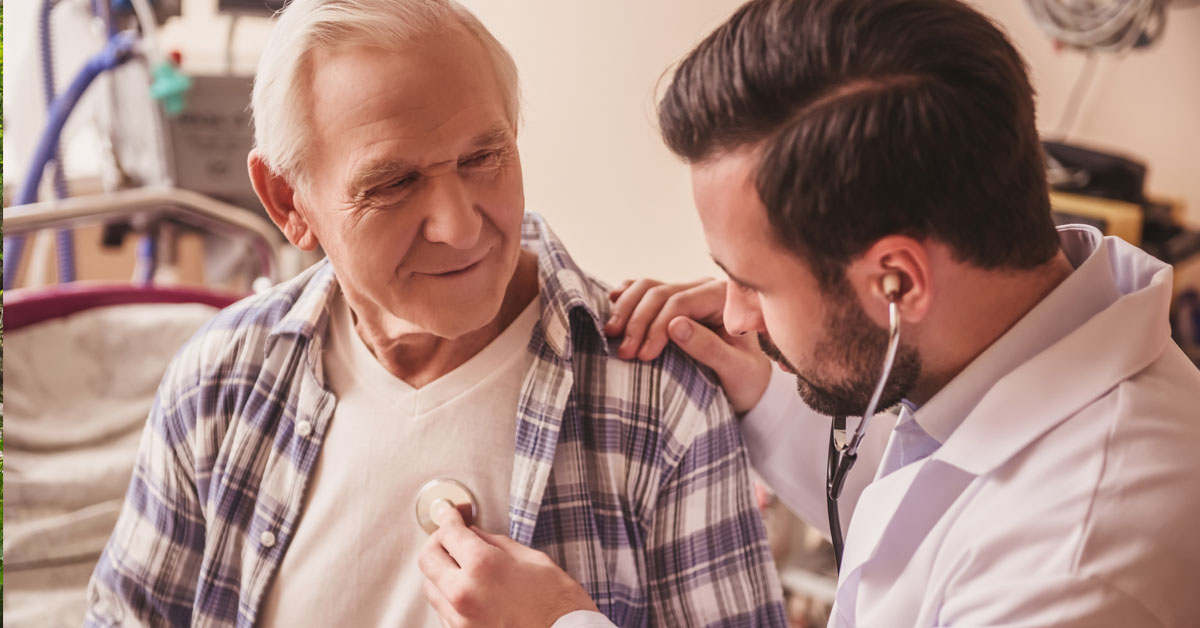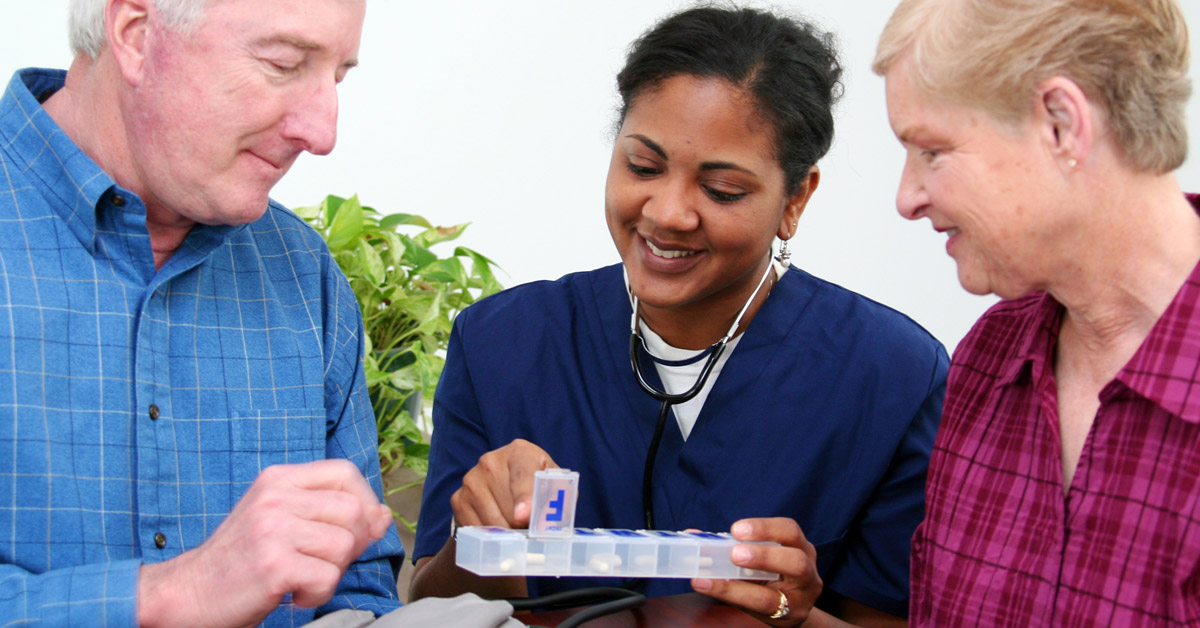
Empowering Heart Health: The Importance of Cardiac Rehabilitation for All
In March, a groundbreaking report from the University of Texas shed light on a critical issue that affects the health and well-being of Americans: cardiac rehabilitation. Cardiac rehabilitation is a lifeline for those who have undergone procedures like percutaneous coronary intervention or coronary artery bypass surgery. It’s a chance for individuals to regain their health, reduce the risk of further complications, and enhance their quality of life. The report reveals some concerning statistics: only one in ten Medicare beneficiaries receives cardiac rehabilitation following these life-altering procedures.
The Life-Saving Potential of Cardiac Rehabilitation
Cardiac rehabilitation is a personalized program of education and exercise; it’s a program that has proven to save lives and reduce healthcare costs. Research shows that cardiac rehabilitation can reduce the risk of future heart problems and death from heart disease.
- Reduce Morbidity: Patients who engage in cardiac rehabilitation experience a decrease in complications and a better quality of life after cardiac events.
- Cut Rehospitalizations: The likelihood of returning to the hospital drops by a significant 31% for those who participate in cardiac rehabilitation.
- Lower Mortality Rates: Perhaps most importantly, cardiac rehabilitation can reduce all-cause mortality by up to 24%. That’s a remarkable improvement in the chances of survival.
Despite these compelling benefits, the utilization of cardiac rehabilitation remains disappointingly low among Medicare beneficiaries. The rate has barely changed from 2013 to 2019, hovering at around 11%.
Ensuring Access to Cardiac Rehabilitation
So, what can be done to ensure that more individuals, especially those who are homebound, have access to cardiac rehabilitation? General practitioners play a vital role in identifying eligible patients. They should inquire about recent cardiac events, such as myocardial infarction, coronary artery bypass, percutaneous coronary intervention, cardiac valve surgery, or cardiac transplant, during patient encounters. If any of these events have occurred in the past 12 months, patients should be referred to cardiac rehabilitation, with home health services being a valuable option.
Choosing Home Health Services
For patients who require home-based cardiac rehabilitation, home health services emerge as a game-changer. By opting for home health services, doctors can significantly enhance patient acceptance and referral rates. Medicare covers 100% of the cost for home health cardiac rehabilitation programs for home-bound patients, eliminating financial barriers. The service sends clinicians directly to the patient’s home, maximizing convenience and overcoming transportation obstacles. Furthermore, doctors are reimbursed by Medicare for signing home health plans of care, and these plans can document successful referrals for MIPS.
Conclusion
Cardiac rehabilitation is not a privilege reserved for the fortunate few; it’s a critical component of recovery that should be accessible to all who need it. The evidence is clear: cardiac rehabilitation saves lives and reduces healthcare costs. With the potential of home-based cardiac rehabilitation and the support of home health services, we can bridge the gap and ensure that every eligible patient receives the care they deserve. It’s time to empower heart health for all Americans.
References:
- Mohammad KO, Hyman C, Rodgers G, Cauthen C. Cardiac rehabilitation: trends in Medicare utilization and reimbursement. American Journal of Preventive Cardiology. 2023 Mar 1;13:100396.
- Ades P, Keteyian S, Wright J, et al. Increasing cardiac rehabilitation participation from 20% to 70%: a road map from the Million Hearts Cardiac Rehabilitation Collaborative. Mayo Clinic Proceedings. 2016 Nov 15; Elsevier.
- Anderson L, Oldridge N, Thompson DR, et al. Exercise-based cardiac rehabilitation for coronary heart disease: Cochrane systematic review and meta-analysis. J Am Coll Cardiol. 2016;67(1): 1-12.
- Heran B, Chen J, Ebrahim S, et al. Exercise-based cardiac rehabilitation for coronary heart disease. Cochrane Database Syst Rev. 2011: (7): CD001800.
- Lawler P, Filion K, Eisenberg M. Efficacy of exercise-based cardiac rehabilitation post-myocardial infarction: a systematic review and meta-analysis of randomized controlled trials. Am Heart J. 2011; 162: 571-584. e2.
- Kumar KR, Pina IL. Cardiac rehabilitation in older adults: new options. Clinical Cardiology. 2020 Feb;43(2):163-70.
- Ades P, Keteyian S, Wright J, et al. Increasing cardiac rehabilitation participation from 20% to 70%: a road map from the Million Hearts Cardiac Rehabilitation Collaborative. Mayo Clinic Proceedings. 2016 Nov 15; Elsevier.
- Holland A, Mahal A, Hill C, et al. Low cost home-based pulmonary rehabilitation for chronic obstructive pulmonary disease: a randomized controlled trial. Am J Respir Crit Care Med. 2016; 193: 20: A2620.
- Dalal H, Zawada A, Jolly K, et al. Home based versus centre based cardiac rehabilitation: Cochrane systematic review and meta-analysis. BMJ. 2010; 340: b5631.
- Jolly K, Taylor R, Lip G, Stevens A. Home-based cardiac rehabilitation compared with centre-based rehabilitation and usual care: a systematic review and meta-analysis. Int J Cardiol. 2006; 111: 343-51.
- Xiao R, Miller J, Zafirau W, et al. Impact of home health care on health care resource utilization following hospital discharge: a cohort study. The American Journal of Medicine. 2018; 131 (4): 395-407.






